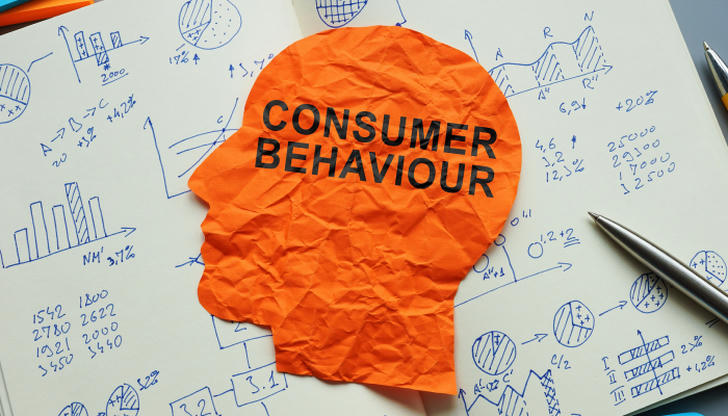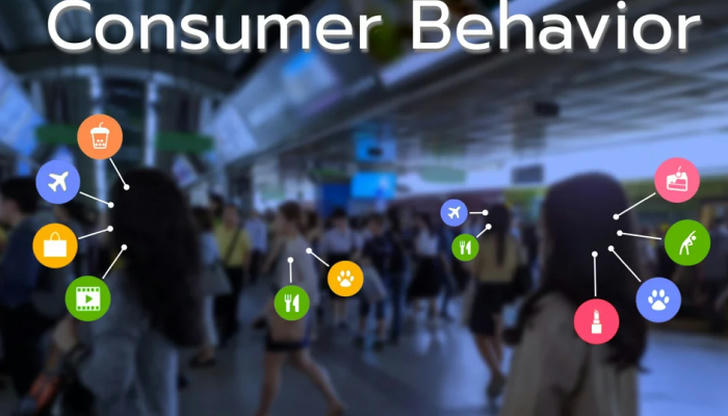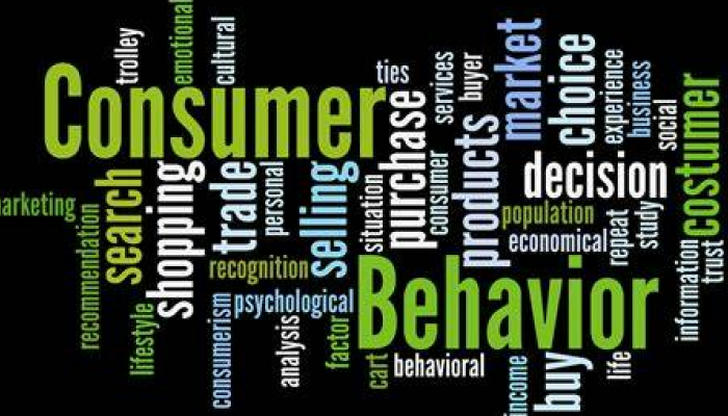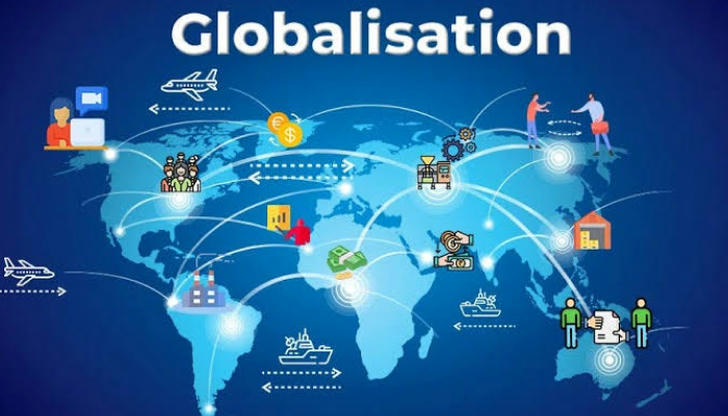Comparative Analysis of Consumer Behavior Changes in Developed and Developing Countries

Consumer behavior, defined as the actions and decisions individuals make in purchasing and using goods and services, is a central focus of economic and sociological studies. Over time, consumer behavior in both developed and developing countries has evolved due to a wide range of factors, including economic growth, cultural shifts, technological advancements, and global trends. However, the rate and nature of these changes can vary significantly between developed and developing countries due to differences in income levels, infrastructure, and overall socio-economic conditions. This article aims to compare and analyze the changes in consumer behavior in developed and developing countries, examining the key factors influencing these changes and their implications for global markets.
The Concept of Consumer Behavior
Consumer behavior is shaped by a variety of factors, including psychological, cultural, social, and personal influences. In developed countries, consumer behavior is often characterized by a high degree of sophistication, with a strong emphasis on quality, convenience, and technological integration. In contrast, in developing countries, consumer behavior can be more price-sensitive, with a greater focus on basic needs and value for money, although this is gradually changing as incomes rise and middle-class populations expand.

While consumer behavior is fundamentally about how individuals make purchasing decisions, the context in which these decisions are made varies across countries. Factors such as economic development, technological access, education, and cultural norms play a significant role in shaping consumption patterns in both developed and developing countries.
Economic Development and Consumer Behavior
One of the key drivers of consumer behavior is the level of economic development. Developed countries, characterized by higher income levels, greater access to capital, and advanced infrastructure, have consumers who can afford to spend on a wide range of products and services. These consumers tend to prioritize quality, luxury, and innovation over basic needs. The consumer goods market in developed nations often includes premium products, luxury goods, and specialized services, reflecting the purchasing power of their residents. In contrast, developing countries, with their lower per capita incomes, face different consumer behavior patterns. Here, spending is often concentrated on essential goods such as food, clothing, and healthcare. As incomes in developing countries rise, however, there is a noticeable shift in consumer behavior toward more discretionary spending, including technology, entertainment, and branded products.

1.Developed Countries: Affluence and Lifestyle Consumption In developed countries, the affluence of consumers leads to a more diverse and segmented market. Consumers in these regions tend to purchase products that reflect their lifestyles and values. The demand for luxury goods, such as high-end electronics, designer clothing, and expensive cars, is driven by both status-seeking behavior and disposable income. The increasing focus on sustainability and ethical consumption in developed countries also plays a crucial role in shaping purchasing decisions. Many consumers in these markets now seek eco-friendly, sustainable products, driving companies to innovate in this direction. Additionally, the rise of the digital economy has transformed consumer behavior in developed nations. Online shopping, subscription services, and mobile payments have become ubiquitous, changing how consumers purchase products. E-commerce platforms like Amazon, and tech giants such as Apple and Tesla, have reshaped consumer expectations, prioritizing convenience, speed, and personalized experiences. 2.Developing Countries: Basic Needs and Rising Aspirations In developing countries, economic growth has led to a rise in the middle class, contributing to changes in consumer behavior. However, compared to developed nations, the focus of consumption in these regions remains more pragmatic, with consumers primarily concerned with fulfilling basic needs. For example, food, clothing, and shelter are the primary categories of expenditure, with limited discretionary spending on non-essential items. That said, as economies in developing countries grow and urbanization accelerates, consumers are gradually increasing their demand for more sophisticated products. The rise of mobile phone usage and internet connectivity in regions like Africa, India, and Southeast Asia has led to a significant shift in consumption patterns. Consumers in developing countries now have greater access to information, and the demand for products such as smartphones, clothing, and branded goods is on the rise. Moreover, the expansion of digital platforms and online shopping is influencing consumption patterns in these countries. Companies like Alibaba in China and Jumia in Africa are making products more accessible to a wider consumer base, thus reshaping how people shop and spend.
Technological Advancements and Consumer Behavior
Technology has played a transformative role in consumer behavior, with varying impacts in developed and developing countries.

1.Technology in Developed Countries: Digital Transformation In developed countries, consumers have quickly adapted to new technologies, and digitalization has become a central aspect of daily life. The widespread use of smartphones, artificial intelligence (AI), and the Internet of Things (IoT) has not only enhanced the consumer experience but also created new avenues for consumption. For example, voice assistants like Amazon’s Alexa and Apple’s Siri have revolutionized how consumers interact with their homes, while AI-driven recommendations on platforms like Netflix and Spotify personalize entertainment consumption. Furthermore, developed nations have embraced the “sharing economy,” with services like Uber, Airbnb, and TaskRabbit becoming integral parts of consumer behavior. These platforms have altered traditional patterns of ownership and consumption, emphasizing access over ownership. 2.Technology in Developing Countries: Leapfrogging and Digital Inclusion In developing countries, technology is playing an increasingly important role in shaping consumer behavior, particularly through leapfrogging. Consumers in these regions often bypass traditional forms of technology, such as landline phones, and go directly to mobile technology. The rapid adoption of mobile phones and mobile internet has opened up new opportunities for consumption, particularly in sectors like mobile banking, e-commerce, and digital entertainment. For example, mobile money platforms such as M-Pesa in Kenya have revolutionized financial inclusion, enabling people without access to traditional banking services to perform financial transactions via their mobile phones. Similarly, the growth of e-commerce in developing countries is rapidly changing consumption patterns, allowing consumers to access a wider range of goods and services than ever before.
Cultural and Social Factors
Cultural and social factors play a significant role in shaping consumer behavior, with variations between developed and developing countries. 1.Consumer Culture in Developed Countries In developed nations, consumer culture is often driven by individualism, with a focus on personal choice, self-expression, and identity through consumption. Products and brands are often used as a way to reflect one’s status, lifestyle, and values. In many developed countries, there is also an increasing trend toward minimalism and ethical consumption, with consumers choosing brands that align with their personal values, such as sustainability and social responsibility. 2.Consumer Culture in Developing Countries In developing countries, social and cultural influences can shape consumer behavior differently. Social hierarchies and the desire to attain a certain social status can drive demand for luxury goods, especially as rising middle-class populations aspire to improve their standard of living. Furthermore, in many developing countries, family and community play a more central role in decision-making, which can influence purchasing decisions, particularly when it comes to large expenditures such as housing or education.
Impact of Globalization on Consumer Behavior
Globalization has contributed to the convergence of consumer behavior across both developed and developing countries. With the increasing flow of information, products, and ideas across borders, consumers worldwide are exposed to similar global brands, lifestyles, and trends. This has led to the rise of global consumer segments, where consumers in both developed and developing countries desire similar products and experiences, particularly in categories like fashion, technology, and entertainment.

However, despite these converging trends, regional differences remain, with consumers in developing countries still placing a higher emphasis on price sensitivity and value for money, while consumers in developed nations focus more on premium experiences, quality, and personalized products.
Conclusion
In conclusion, consumer behavior in both developed and developing countries has undergone significant changes over the past few decades. Economic development, technological advancements, cultural shifts, and globalization have all played a role in shaping these changes. In developed countries, affluence, sophistication, and technology-driven consumption define consumer behavior, while in developing countries, a focus on basic needs is gradually giving way to aspirations for higher-end products and services as incomes rise and middle-class populations expand. While there are many similarities in consumer behavior across countries due to globalization, distinct differences remain, especially in terms of purchasing power, consumption priorities, and social influences. Understanding these differences is crucial for businesses and policymakers to effectively address the needs and preferences of consumers in both developed and developing countries. As the global economy continues to evolve, so too will the nature of consumer behavior, offering new challenges and opportunities for markets worldwide.
